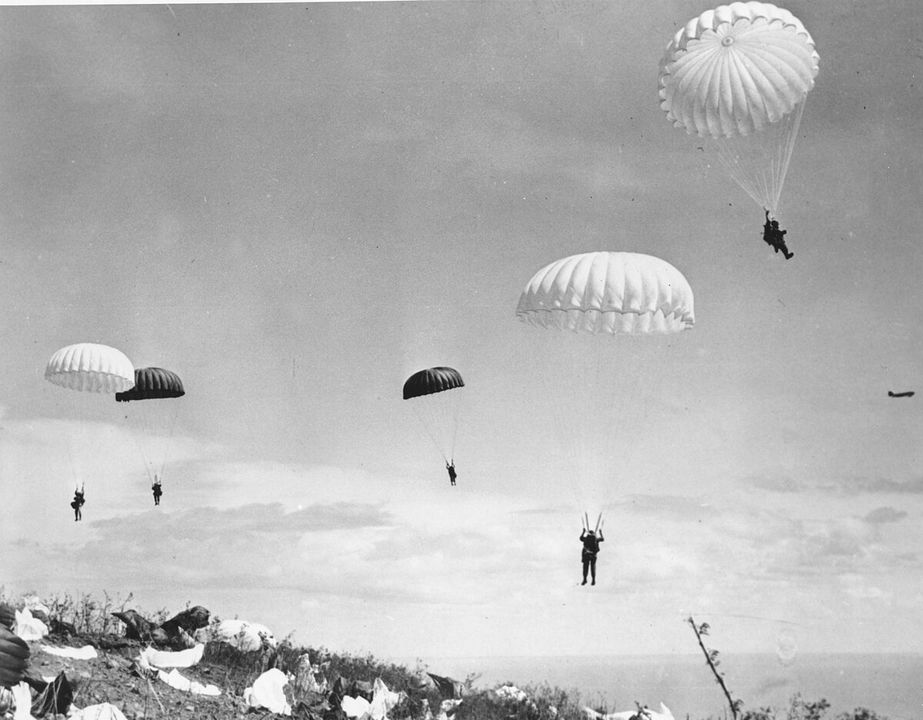
UNIT PROFILE – 1ST RHODE ISLAND REGIMENT (VARNUM’S REGIMENT/THE BLACK REGIMENT)
On 14 FEB 1778, Rhode Island’s General Assembly officially opened the ranks of the 1st Rhode Island Regiment of the Continental Army to Black, Native-American, and mixed residents of the colony.
On 14 FEB 1778, Rhode Island’s General Assembly officially opened the ranks of the 1st Rhode Island Regiment of the Continental Army to Black, Native-American, and mixed residents of the colony.

When the Army reorganized in 1778, Rhode Island transferred enlisted men of the 1st to the 2d Rhode Island and sent veteran officers and NCOs home to reconstitute the 1st RI by recruiting free Black, Native-American, and mixed Rhode Islanders.
#aRMYHISTORY #USArmy #TRADOC
#aRMYHISTORY #USArmy #TRADOC
Slaves who wished to fight in return for emancipation were also allowed to enlist; the regiment's 255 men included about 140 Black soldiers (88 of whom were slaves). Although it never achieved full strength, the 1st RI fought in 1778’s Battle of Rhode Island.
#RevolutionaryWar
#RevolutionaryWar

When the French arrived in JUL 1780, the 1st RI was issued white surplus uniforms. In 1781 Congress directed that understrength units be consolidated, and Rhode Island’s contingent was merged to form a new 1st RI, or simply, the Rhode Island Regiment.
#ContinentalArmy @USArmy
#ContinentalArmy @USArmy
This new unit participated in the Yorktown Campaign and constituted a rare phenomenon: a unit racially integrated at the regimental level. It remained part of the Main Army, stationed at Newburgh and Saratoga, until the end of the war when it was disbanded in NOV 1783. @TRADOC 

• • •
Missing some Tweet in this thread? You can try to
force a refresh


















